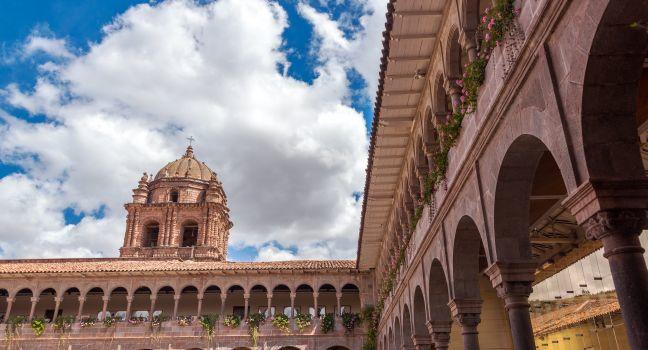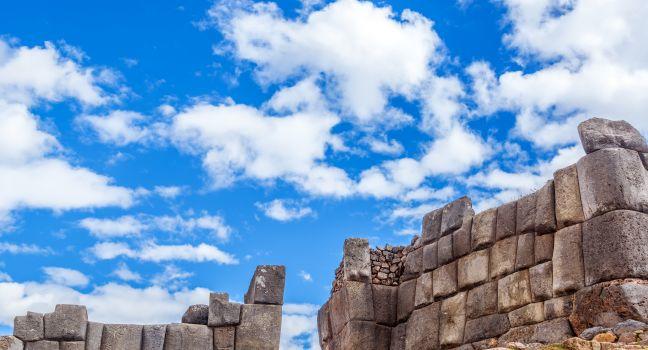Towering high above Cusco, the ruins of Sacsayhuamán are a constant reminder of the city's Inca roots. You may have to stretch your imagination to visualize how it was during Inca times—much of the site was used as a convenient source of building material by the conquering Spanish, but plenty remains to be marveled at. Huge stone blocks beg the question of how they were carved and maneuvered into position, and the masterful masonry is awe-inspiring. If you're not moved by stonework, the spectacular views over the city are just as impressive.
If the Incas designed Cusco in the shape of a puma, then Sacsayhuamán represents its ferocious head. Perhaps the most important Inca monument after Machu Picchu, Sacsayhuamán is thought to have been a religious complex during Inca times. That being said, from its strategic position high above Cusco, it was also excellently placed to defend the city, and its zigzag walls and cross-fire parapets allowed defenders to rain destruction on attackers from two sides.
Construction of the site began in the 1440s, during the reign of the Inca Pachacutec. It's thought that 20,000 workers were needed for Sacsayhuamán's construction, cutting the astonishingly massive limestone, diorite, and andesite blocks—the largest gets varying estimates of anywhere between 125 and 350 tons—rolling them to the site, and assembling them in traditional Inca style to achieve a perfect fit without mortar. The Inca Manco Cápac II, installed as puppet ruler after the conquest, retook the fortress and led a mutiny against Juan Pizarro and the Spanish in 1536. Fighting raged for 10 months in a valiant but unsuccessful bid by the Inca to reclaim their empire. History records that thousands of corpses from both sides littered the grounds and were devoured by condors at the end of the battle.
Today only the outer walls remain of the original fortress city, which the Spanish tore down after the rebellion and then ransacked for years as a source of construction materials for their new city down the hill, a practice that continued until the mid-20th century. One-fifth of the original complex is left; nonetheless, the site is impressive. Sacsayhuamán's three original towers, used for provisions, no longer stand, though the foundations of two are still visible. The so-called Inca's Throne, the Suchuna, remains, presumably used by the emperor for reviewing troops. Today those parade grounds, the Explanada, are the ending point for the June 24 Inti Raymi Festival of the Sun, commemorating the winter solstice and Cusco's most famous celebration.
These closest Inca ruins to Cusco make a straightforward half-day trip from the city, and provide a great view over Cusco's orange rooftops. If you don't have a car, take a taxi, or if you want to test yourself, the ruins are a steep 30-minute walk up from the Plaza de Armas. A large map at both entrances shows the layout of Sacsayhuamán, but once you enter, signage and explanations are minimal. You may find guides waiting outside the entrances who can give you a two-hour tour (negotiate the price ahead of time). Most are competent and knowledgeable, but depending on their perspective, you'll get a strictly historic, strictly mystical, strictly architectural, or all-of-the-above type tour, and almost all guides work the standard joke into their spiel that the name of the site is pronounced "sexy woman." It's theoretically possible to sneak into Sacsayhuamán after hours, but lighting is poor, surfaces are uneven, and robberies have occurred at night.





